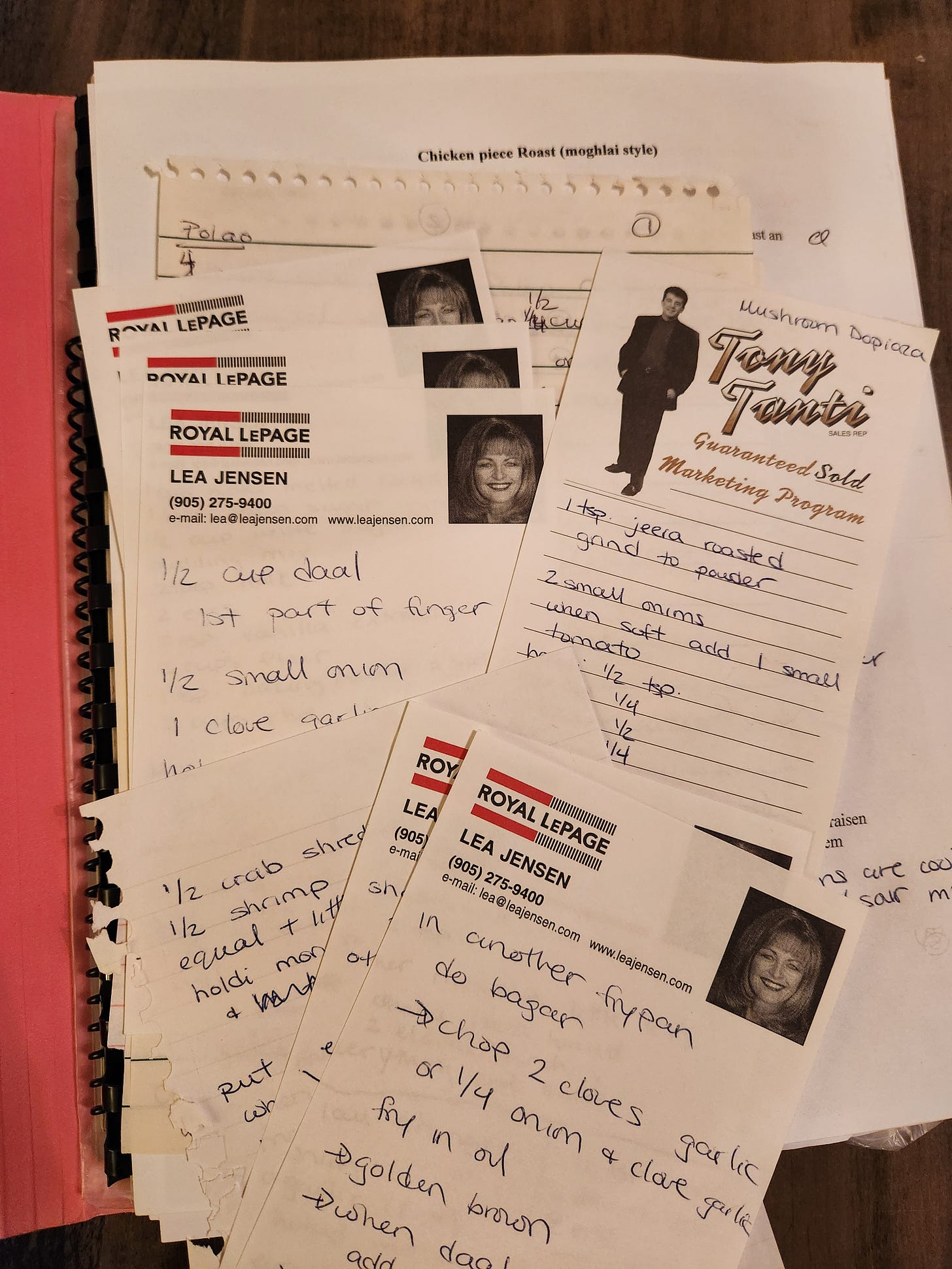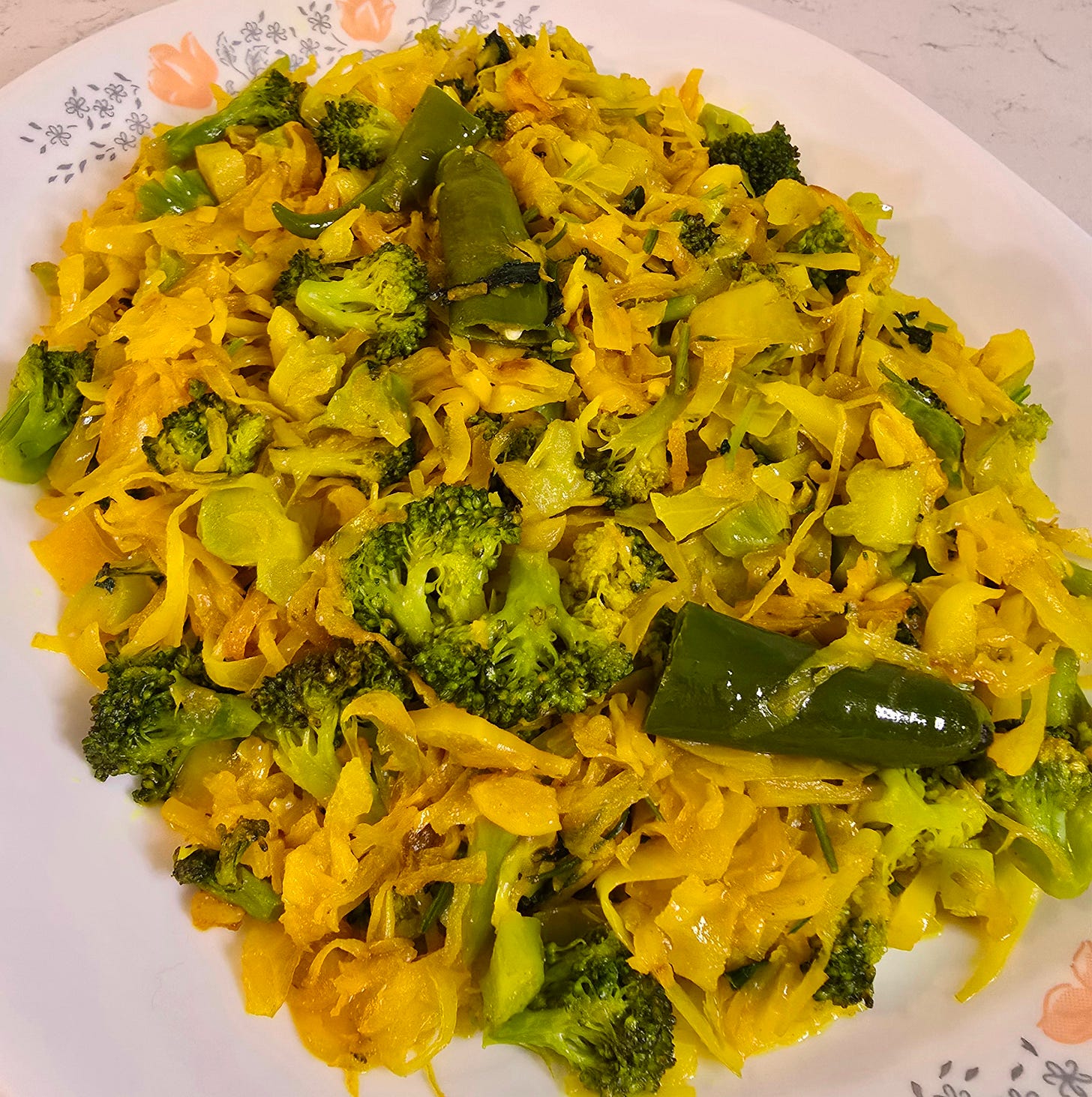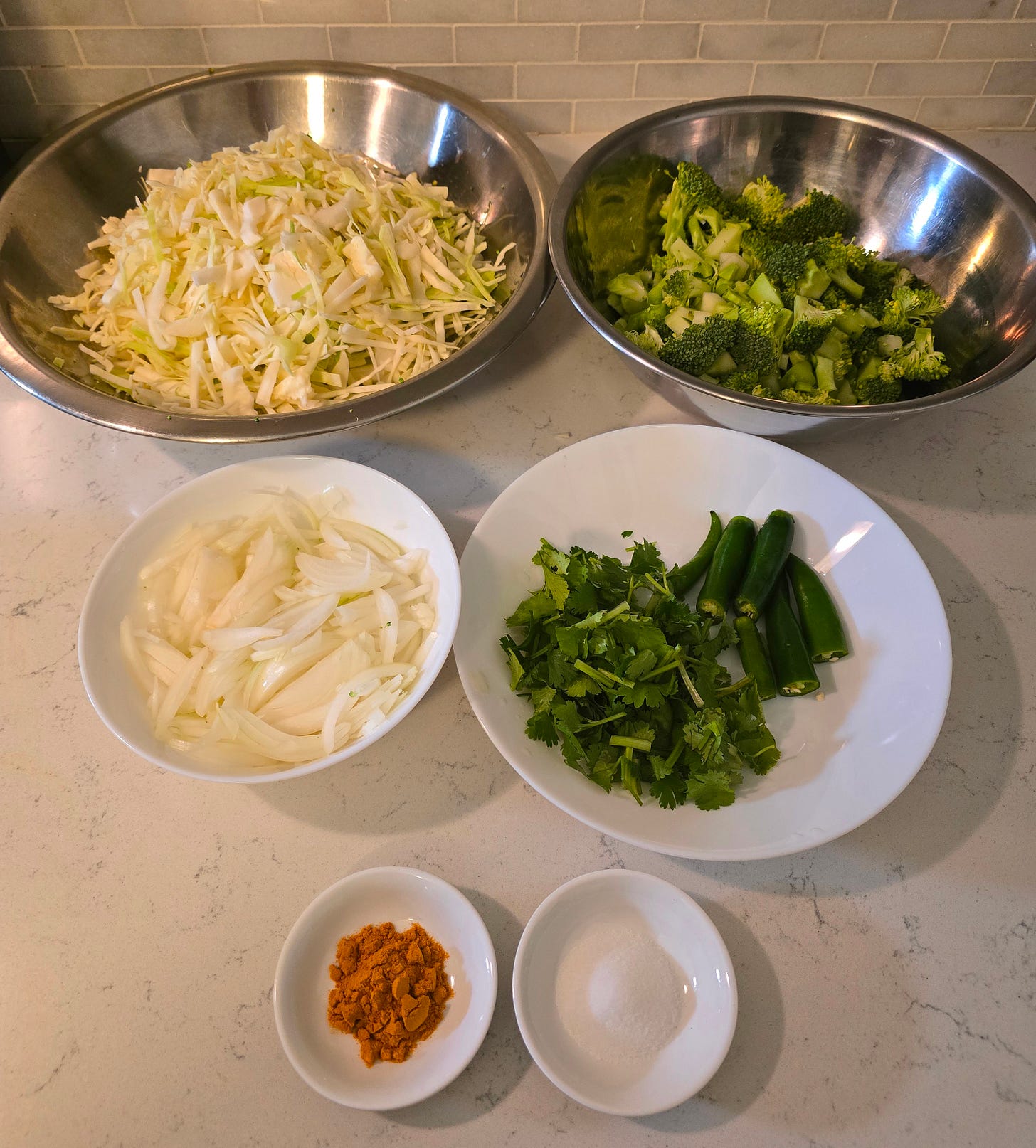When I was a university student, I opted to leave the nest and study away from home. I craved the adventure, the independence of being on my own, being a real adult, and figuring things out for myself. But homesickness eventually settled in, primarily for the food from home. I was lucky that we had truly stellar food in our dining halls, but it still wasn’t Ma’er hather ranna (Mom’s home cooking). I would take the bus home on holidays, a 7 hour journey, daydreaming of all the things I would indulge in when I was home. I had given my mom a list of the dishes I especially missed, and she would never fail to deliver (thanks Ma!)
But when I moved out of residence, it got to a point where this wasn’t enough. I needed to learn how to cook, and to feed myself. I enjoyed food too much to live off of pasta and grilled cheese. I missed dal-bhaat (dal and rice). This was in the early 2000’s, before the proliferation of food blogs and the riches of recipes that we have access to now. So I would call my Mom, and scribble down recipes that were comforting, and easy enough that I really couldn’t mess them up too much.
I still have these scraps of paper, over 20 years later. Some of the recipes that were in my earliest rotation were dal, lau chingri (bottle gourd and shrimp), mushroom dopiaza, chicken curry, and badhakopi bhaji (cabbage bhaji).

Bhaji in Bangladeshi cooking is most similar to a vegetable stir fry. This is a vegetable dish that is lightly spiced and cooked with oil and onions until soft or brown. Almost any type of vegetable can be made into a bhaji, and popular bhajis include cabbage, potato, eggplant, broccoli, okra, chayote, etc. Bhajis are eaten at the beginning of a meal, and served with steaming white rice.
Badhakopi bhaji is truly one of the easiest things to make. There are no complicated spices (just turmeric and salt), and you can use pre-shredded cabbage if you’re not inclined to wrangle with a head of cabbage (full disclosure, I am this lazy person). This version of the recipe pairs cabbage with broccoli, but you can make this bhaji without a secondary vegetable (just reduce the spices), or sub in other vegetables to your liking (frozen peas, or frozen mixed vegetables are my go-to’s for something quick and easy).
This recipe is part of a series of Bangladeshi Basics which will cover a simple and basic preparation for each part of a Bangladeshi meal. Last week we covered Aloo Bhorta. Next week we’ll be covering Maach (fish).
If you make this, please let us know how it turns out! And whatever you’re eating this week, moja kore khao (eat with delight, or enjoy your food!)
Mitali
Badhakopi and Broccoli Bhaji (Cabbage and Broccoli Bhaji)
Ingredients
½ cup cooking oil
1 cup finely sliced onion
1 tsp ground turmeric
4 tbsp water
1 tsp salt, or more to taste
5 cups cabbage (shredded)
3 cups of broccoli (diced)
6 small Green chilies (whole)
2-3 tbsp chopped green coriander (enough to garnish)
Cooking Method
Heat oil, add chopped onion and fry until soft. Turn the heat to medium.
Add turmeric, water and half the salt. Add cabbage and cook for 10 minutes with the lid on, stirring occasionally.
Add broccoli and green chilies and the remainder of the salt. Cook for another 5 minutes
Taste the salt. Add green coriander. Cook for another minute.
Serve your Badhakopi and Broccoli Bhaji with white rice.
Notes
Pre-shredded cabbage or coleslaw brings this dish together in minutes
Feel free to sub another vegetable for the broccoli. I often use peas, frozen mixed vegetables, peppers, etc.





